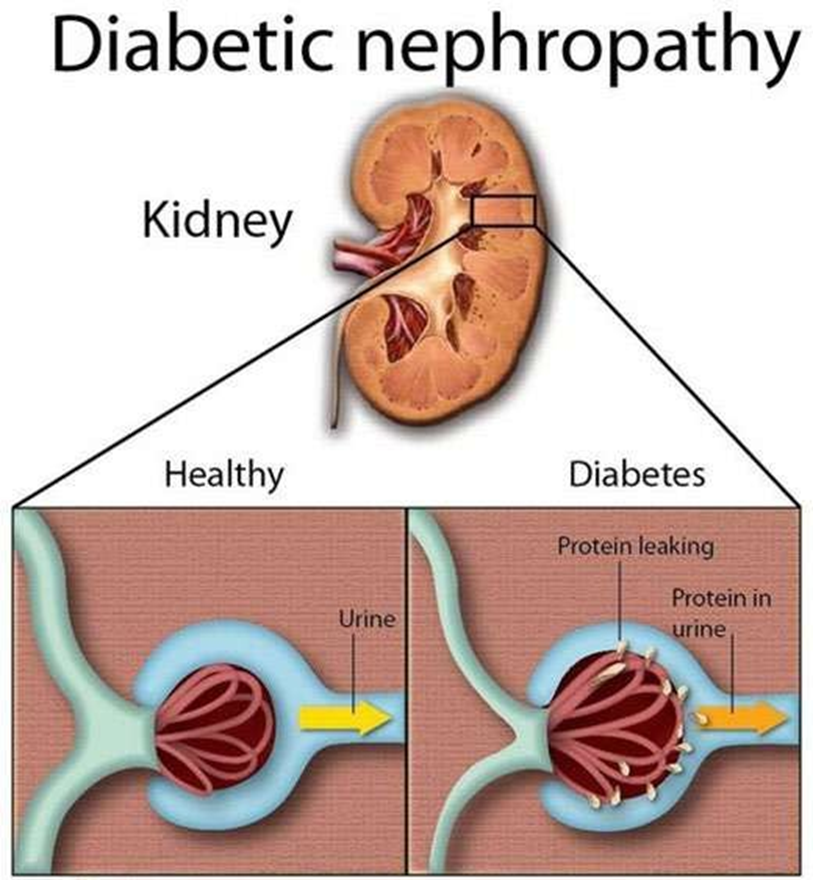A nurse is providing dietary teaching to a client who has a history of recurring calcium oxalate kidney stones. Which of the following instructions should the nurse include in the teaching?
Take 3,000 mg of vitamin C daily.
Drink 3 L of fluid every day.
Eat 12 oz of animal protein daily.
Restrict calcium intake to one serving per day.
The Correct Answer is B
Choice A reason: Taking 3,000 mg of vitamin C daily is not recommended as it may increase the risk of calcium oxalate stones due to possible conversion of vitamin C to oxalate.
Choice B reason: Drinking 3 L of fluid every day is advised to prevent kidney stones by diluting the urine and reducing the concentration of stone-forming substances.
Choice C reason: Eating 12 oz of animal protein daily is excessive and can increase the risk of kidney stones due to higher excretion of calcium and oxalate.
Choice D reason: Restricting calcium intake to one serving per day is not recommended as a normal calcium intake is necessary to bind oxalate in the gut and reduce oxalate absorption.
Nursing Test Bank
Naxlex Comprehensive Predictor Exams
Related Questions
Correct Answer is B
Explanation
Choice A reason: While fiber is important in a diet, recommending at least 45 g per day does not specifically address the needs of a patient with diabetic nephropathy.
Choice B reason: Consuming less than 0.8 g/kg of body weight of protein per day is recommended for patients with diabetic nephropathy to reduce the workload on the kidneys.

Choice C reason: Limiting cholesterol intake to 300 mg per day is a general recommendation for heart health but is not specific to diabetic nephropathy dietary management.
Choice D reason: The recommendation to consume less than 45% of total calories from carbohydrates is not specific to diabetic nephropathy, and carbohydrate needs can vary based on individual energy requirements.
Correct Answer is B
Explanation
Choice A reason: The end of a menstrual period is not relevant to the intravenous pyelogram procedure.
Choice B reason: An allergy to shellfish is important to report as the contrast dye used in an intravenous pyelogram may contain iodine, which can cause an allergic reaction in individuals with shellfish allergies.
Choice C reason: Drinking fluids is generally encouraged to prevent kidney stones and is not a concern for the provider.
Choice D reason: Painful and red-tinged urination is a symptom of kidney stones but does not need to be reported unless it is a new or worsening symptom.
Whether you are a student looking to ace your exams or a practicing nurse seeking to enhance your expertise , our nursing education contents will empower you with the confidence and competence to make a difference in the lives of patients and become a respected leader in the healthcare field.
Visit Naxlex, invest in your future and unlock endless possibilities with our unparalleled nursing education contents today
Report Wrong Answer on the Current Question
Do you disagree with the answer? If yes, what is your expected answer? Explain.
Kindly be descriptive with the issue you are facing.
